Sure they sting, but – like most living creatures – honey bees were created with a built-in defense mechanism. Without that stinger, they would not be able to defend themselves while nectar is collected from flowers and stored inside honeycombs, ultimately resulting in an age-old substance considered “liquid gold” and “food of the gods” since ancient Egyptian and biblical times.
This time of year, honey bees are in full work mode. They fly out daily from their hives and seek to find flowering plants, typically within a three-mile radius, that are rich in sugary nectar, according to the beekeeping periodical, Bee Culture, which featured last October detailed information about the worker bees’ routine: “Simply put, a honey bee sucks the nectar through their proboscis — a straw-like tongue — which traverses down into their ‘honey stomach.’ As they forage, fluffy pollen gathers on their body and is packed in ‘baskets’ on their rear legs, which are striking when full.”
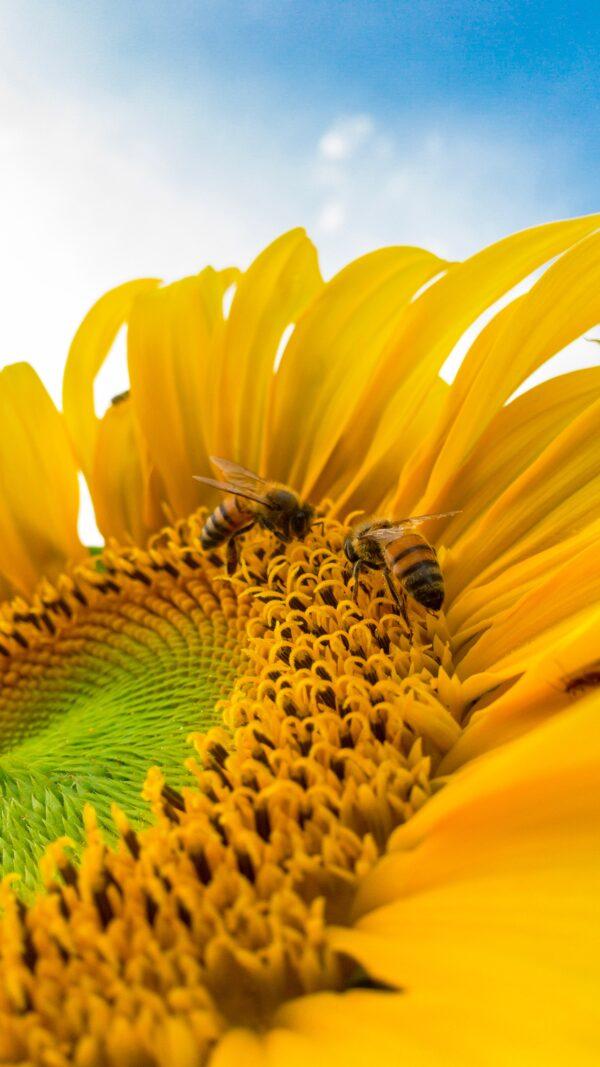
Charlotte Anderson, a master beekeeper based in the Carolinas, conveyed, “Among the thousands of species of bees in the world, only one is used to produce food for humans.” In fact, because of honey bees, people can add honey to coffee, tea, smoothies, oatmeal, and toast. In fact, Robin Foroutan, RDN, an integrative medicine dietitian and a spokesperson for the Academy of Nutrition and Dietetics, recommends ricotta and honey on toast as a “delicious” meal or snack. “And honey is a sweetener when you cook or bake and great for giving salad dressings a touch of sweetness.”Beyond an important food source, honey also has “great potential benefits” pointed out Foroutan, who informed: “It’s loaded with antioxidants from flavonoids, which can reduce inflammation in the body, and it has anti-microbial compounds, which means it can kill germs. In fact, there’s research to show that you can slather honey on minor wounds to help it heal faster.”
Foroutan suggests purchasing local honey over commercial honey shipped to local grocers. Her reasoning? “Honey is best purchased locally, because the pollen it contains may actually help reduce seasonal allergies. [Some commercial] honey is known to be adulterated and mixed with other sweeteners and fillers, like high fructose corn syrup or rice syrup, so consumers should be on the lookout for fakes. Raw, unfiltered, local honey has vitamins, minerals, local pollen, and enzymes and that’s where its health benefits come from. So you want to buy local, raw honey to get the maximum benefits.”
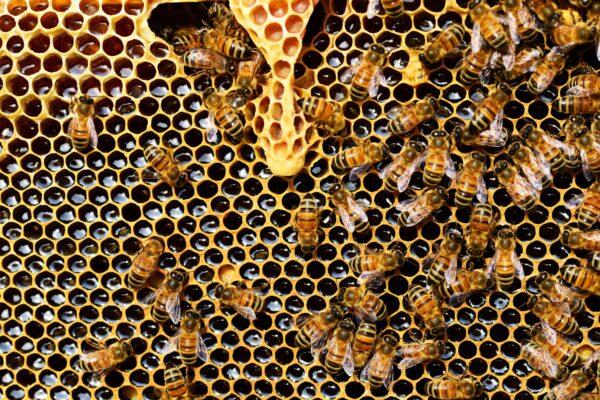
Besides providing what the U.S. Department of Agriculture estimates is 1.5 million pounds of honey consumed annually, honey bees also tackle the job of pollinating plants, noted Kelly Rourke, executive director, Pollinator Partnership, San Francisco, Calif. “Honey bees are terrific pollinators,” she said, “Their fuzzy bodies, foraging style, and generalist plant preferences make them essential to our modern-day agricultural systems. Pollinators, including honey bees, provide one out of three bites of foods we eat and they assist with the reproduction of up to 95% of the world’s flowering plants. If we want to talk dollars and cents, pollinators add $217 billion to the global economy. In the United States, honey bees alone are responsible for between $1.2 and $5.4 billion in agricultural productivity. In addition to the food that we eat, pollinators support healthy ecosystems that clean the air, stabilize soils, protect from severe weather, and support other wildlife.”
Yet, honey bee populations have decreased in recent years due to various factors, mostly man-made. Rourke cautioned: “Pesticides including herbicides and insecticides can harm bees and their habitats.”
Pollinator Partnership provides information about safe pesticide use in yards and gardens. “As we know, bees and all pollinators are essential to our food supply and ecosystem health. We want to create safe habitat for them in our yards, gardens, and even window boxes or balconies.”
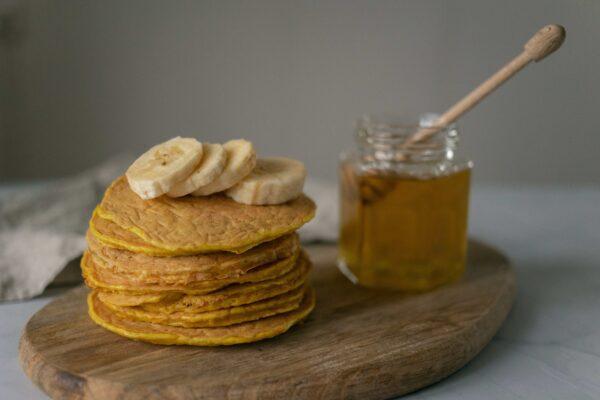
Another threat is misidentification. People will often kill honey bees because they assume they are yellow jackets. However, a yellow jacket is considered a wasp and is highly aggressive. But honey bees are focused on pollination and will not bother humans unless they or their hives are threatened. Plus, a yellow jacket is shinier and bolder in color, while a honey bee is somewhat fuzzy.
“Pollinator Partnership has a Bee Rescuers program that helps individuals in certain states find a local beekeeper,” said Rourke. “Most importantly, do not fear honey bees; be honored they stopped by your property and marvel at the swarm, from afar, until the beekeeper arrives.”Anderson’s book, Buzz into Bee Keeping, A Step-by-Step Guide to Becoming a Successful Beekeeper – 500 Tips for Keeping Bees, Harvesting Honey, and Crafting with Bees’ Wax, as well as her carolinahoneybees.com website, provides extensive information regarding anything honey bee and honey related.
For people serious about becoming an apiarist – even if it is just to collect enough honey for personal use and not-for-profit – Colorado-based American Beekeeping Federation provides a free “Beginner Beekeeping Toolkit” in the form of an up-to-date, downloadable, 18-page printable PDF-format document. In it is covered material needs, time commitment, expected cost, anticipated honey yields, hive and equipment sources, and much more.


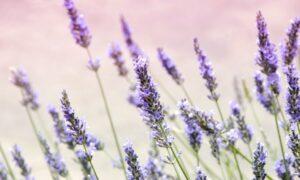
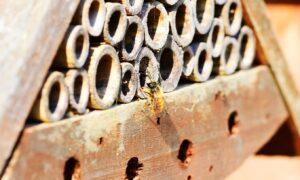


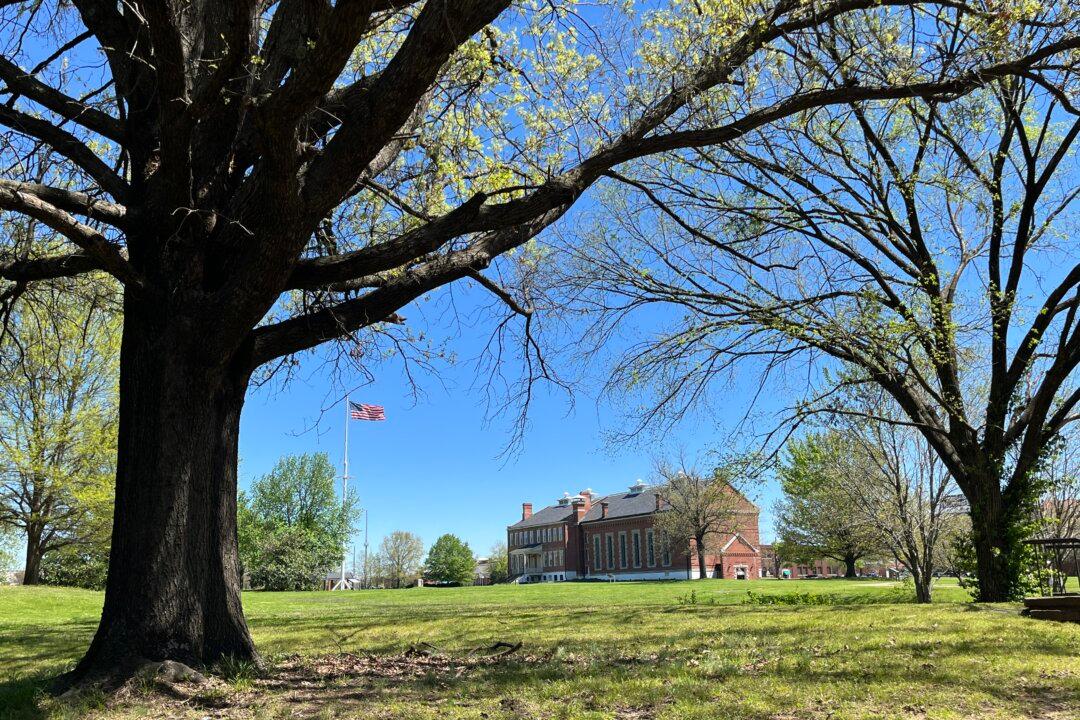

Friends Read Free